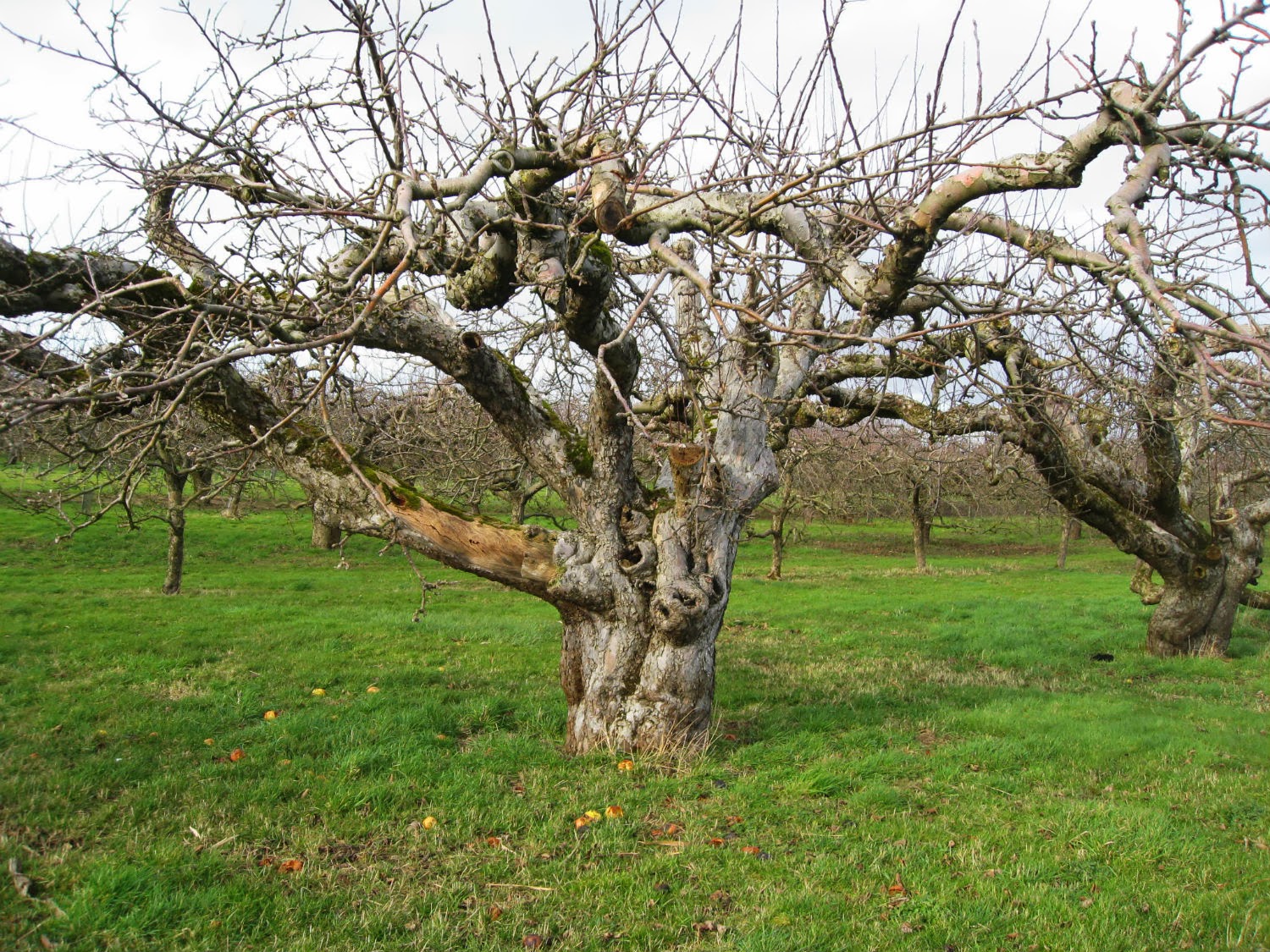
So he went to see Mr Bramley and asked if he could take some cuttings from the tree to grow in his father’s nursery. In 1856, aged just 17, he came across a friend carrying some attractive, large, green apples and, clearly sensing a new branch for the family business, asked where they had come from. By this time, Mary Ann’s tree was mature and producing fruit.Įnter Henry Merryweather, son of a Southwell nursery owner. Mary Ann appears to have inherited the property, which was bought by a butcher, Matthew Bramley, in 1846. Time passed: Mary Ann’s tree grew she married in about 1813 and moved out of the family home her father, Charles, died and her mother, Elizabeth, stayed in the cottage until her death in 1837. It’s the sort of thing children do, isn’t it? One of the pips grew into a healthy seedling that, eventually, had to be transplanted into the cottage garden.

One day, sometime around the year 1809, Mary Ann took some pips from an apple her mother was baking in a pie and planted them in a pot. Young Mary Ann lived with her mother, father and little sister in a cottage in Easthorpe, a tiny village on the edge of Southwell, in Nottinghamshire. Our tale of the Bramley apple begins about 200 years ago with Mary Ann Brailsford. But how the Bramley got here was a complete accident. Bramley apples are large and green, with a sharp taste that makes them unappetising to eat raw, but flavoursome when cooked, with the added advantage of a firm texture. There are thousands of varieties of apple, but just one that is generally considered to be the cook’s favourite in the UK – the Bramley. Last updated on August 23rd, 2023 at 12:00 pm


Which is the best heritage organisation to join?.A Bit About Britain’s History – the book.


 0 kommentar(er)
0 kommentar(er)
